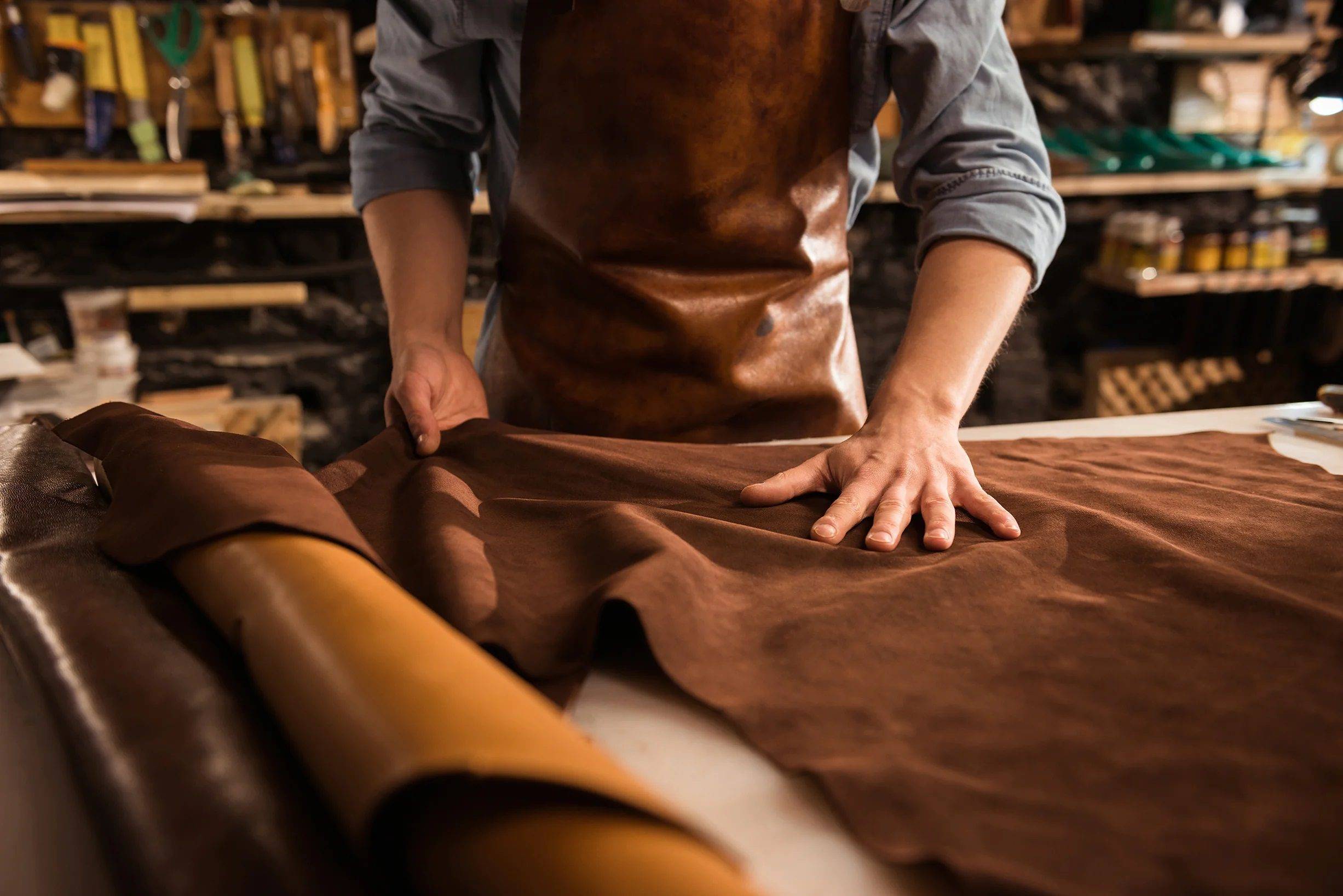Introduction:
The allure of leather lies not only in its timeless style but also in its exceptional quality. Whether investing in a leather jacket, bag, or shoes, distinguishing genuine leather from its imitations is essential. In this guide, we’ll empower you with the knowledge to confidently check for pure leather, ensuring your purchases are of the highest calibre.
Chapter 1: Sensory Inspection – The Touch and Feel Test
The tactile experience is one of the most reliable ways to identify genuine leather. Learn how to run your fingers over the surface, noting its texture and warmth. Natural leather is typically softer, flexible, and exhibits subtle variations in texture. Understand the nuances between different leather types, such as full-grain, top-grain, and corrected-grain, and how their surfaces differ.
Chapter 2: The Smell of Authenticity
The distinct, earthy scent of genuine leather is unmistakable. Discover the organic aroma that emanates from natural leather products. This chapter explains how to recognize the subtle yet characteristic odour distinguishing authentic leather from synthetic materials. Be wary of overly chemical or plastic-like odours indicating a faux leather product.
Chapter 3: Grain Patterns – A Signature of Authentic Leather
Genuine leather showcases unique grain patterns that tell the story of the hide’s origin and processing. We explore the different grain types, such as pebble, complete, and corrected, and their implications for authenticity. Learn how to identify irregularities in grain that often appear on genuine leather due to natural variations.
Chapter 4: Observe the Edges and Finish
Inspecting the edges and finish of leather items can provide valuable insights. Authentic leather typically has rough, unfinished edges, demonstrating its organic origin. Additionally, genuine leather may show imperfections like scars or natural marks, attesting to its authenticity. Understand how inconsistencies in stitching and colouring can be indicative of genuine leather.
Chapter 5: The Water Drop Test – A Quick Indicator
Water behaves uniquely on genuine leather due to its porous nature. This test involves placing a small drop of water on the leather’s surface and observing its absorption and reaction. Learn how authentic leather absorbs water slowly and doesn’t form puddles or immediately change colour. This simple test can help you differentiate between genuine leather and synthetic alternatives.
Chapter 6: Seek Expert Guidance and Brand Reputation
When in doubt, seek guidance from experts or reputable sources. High-quality leather brands take pride in their products and often provide authenticity certificates. Researching the brand’s reputation, reading reviews, and checking for official branding or labels can offer additional assurance.
Conclusion: Empower Yourself with Authenticity Awareness
Identifying pure leather is a skill that safeguards your investment and elevates your appreciation for the artistry behind leather craftsmanship. You can confidently distinguish genuine leather from synthetic substitutes by honing your senses, understanding grain patterns, and employing simple tests. Armed with this knowledge, you’ll embark on your leather journey with the assurance that your choices reflect your discerning taste and appreciation for authentic elegance.



